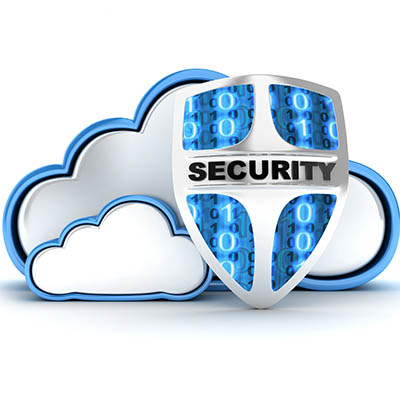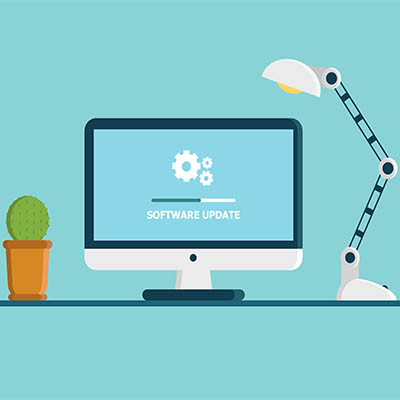The past couple of years have been difficult for businesses, regardless of if they are large organizations or small businesses. Likewise, cybersecurity has been a challenge. Let’s take a look at what 2022 could pose for cybersecurity, especially considering recent trends.
Dealing with a hacked computer can be scary, but depending on the severity of the hack, you might not even know your infrastructure has been breached until it’s too late to stop it, putting you in a reactionary position. Let’s go over some of the telltale signs of a computer hack and what you should do about it.
A recent trend even amongst ransomware threats is that the FBI is issuing warnings regarding how dangerous it is or how difficult certain variants are. This particular threat—the OnePercent ransomware gang—is no exception. Let’s break down what you need to know about the OnePercent Group and how you can prepare to handle attacks not just from this threat, but most ransomware threats.
Data breaches are a well-known fact in the business environment, and small businesses in particular have many challenges that threaten their operations. It is important that you consider these security issues when putting together your risk management strategy, especially as it pertains to cybersecurity. Let’s take a look at how you can overcome some of the security challenges present for small businesses in 2021.
There is no denying that the cloud has become one of the most popular options for a business to obtain the tools required for their operations. Despite this, it is equally important to acknowledge that there are many ways that the cloud could facilitate security threats if not managed properly. Let’s go over some of the issues that must be addressed if a business is going to successfully leverage cloud technology to its advantage.
In May of 2021, Ireland’s Health Service Executive, which handles healthcare and social services to the Emerald Isle’s nearly five million residents, was the target of a massive ransomware attack. Even as businesses and municipalities from all over the globe have been dealing with this plight, we mention this because of the aftereffects of this situation. Today, we take a look at the situation and what can be learned from it.
If a hacker were to find themselves on your network or within one of your accounts, would you be able to detect them and eliminate them? Today we want to share some of our best strategies for how you can identify the warning signs of a hacking attack, as well as how you should respond. This is particularly important for a workforce that is working remotely, so we hope you take these tips to heart.
Network security isn’t just for large, high-profile enterprises; even small businesses need to take it seriously. All businesses have something of value to hackers, and if you don’t believe this is the case for your organization, think again. All data is valuable to hackers, and you need to do everything in your power to protect it—especially against threats like Agent Tesla, the latest version of phishing malware designed to steal your data.
A recent surge of high-profile ransomware attacks strikes again with an assault on the world’s largest meat processor and distributor, JBS S.A. The cyberattack was so disruptive that the company was forced to suspend operations in both North America and Australia, leading to a considerable impact on the supply chain. Let’s take a deeper dive into what lessons can be learned from this situation.
It’s no secret that software often does not work as intended. Developers frequently discover bugs and patch them out. The same can be said for security vulnerabilities. Despite the importance of these updates, small businesses often fail to implement these patches and updates in a timely manner, a practice which can lead to more problems down the road.










